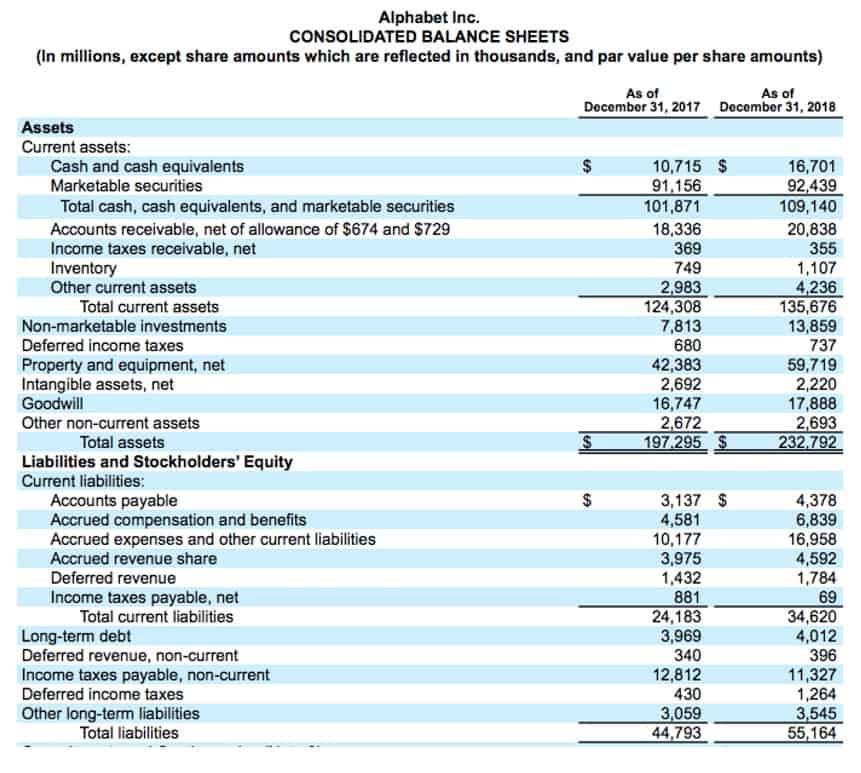
So, while the actual transfer of funds may only take a day or two, it can take up to 5 business days for an EFT to be fully processed. Overall, P2P payments are a very convenient and affordable way to send and receive money electronically. Each year, they’re growing in popularity, so you’ll likely be using them in the future at some point (if you’re not already). Another benefit is that they’re usually very affordable; most P2P payment apps don’t charge fees for individual transactions (though there may be some limit on how much you can send per day or week).

Initiation of the transaction

It creates an electronic record of all transactions, and the accounting department doesn’t have to hold funds while waiting for checks to clear. The processing time for an EFT payment can vary depending on the type of transaction and the financial institution involved. Some EFT payments, like direct deposit, may be processed and available on the same day, while others may take several days to clear. Statistics indicate that the growth of ATMs has significantly influenced EFT usage, with millions of transactions processed daily across various platforms.
EFTs explained: A guide to EFT payments and how they work
EFT payment is an umbrella term to refer to a variety of electronic payment methods, including ACH payments, direct debit payments, etc. You can initiate payments or transfers from your computer or smartphone at any time, without needing to visit a bank branch during business hours. This is a lifesaver for immigrants Bookkeeping vs. Accounting juggling time zones or busy schedules, letting you pay bills or send money home anytime. Electronic funds transfer (EFT) is the transfer of money from one bank account to another, either within a single financial institution or across multiple institutions, via computer-based systems. Whether it’s payments to vendors or payments from customers, how you’re making these payments matters. There are fees, processing times, and availability to consider for parties on both sides of the payment.

What are the Different Types of Electronic Funds Transfer (EFT) Payments?

In an increasingly digital world, the conduct of financial transactions is experiencing a profound transformation. Electronic Funds Transfer (EFT) is at the forefront of this evolution, enabling the swift and secure movement of money across bank accounts without the need for physical checks. As businesses embrace this modern payment method, the implications extend beyond mere convenience; they encompass enhanced efficiency, reduced retained earnings costs, and improved cash flow management. Electronic funds transfers (EFTs) are transactions that move funds electronically between different financial institutions, bank accounts or individuals. EFTs are frequently referred to as electronic bank transfers, eCheques or electronic payments.
This process does the same as the above, processing an approval for payment and then transferring funds for payment within a couple of days. Direct deposit automatically deposits funds into an account with little to no paperwork. While the automatic deposit requires almost no work regularly, the deposit needs to be set up, and this requires bank account information for the recipient, among other potential information for entry.

Also called an ACH transfer, this electronic funds transfer payment allows for employers to directly pay an employee (the receiver) electronically in his or her bank account. A direct deposit service provider authorizes payments into employee accounts. An electronic funds transfer (EFT) is the process of moving money from one account to another, electronically. The two accounts can be at the same bank or at two different banks if both financial institutions are on the Automated Clearing House (ACH) network. Automated clearing house (ACH) payments, wire transfers, debit/credit card transactions, and direct deposit. Electronic fund transfers facilitate the quick and safe movement of money electronically.
- Electronic funds transfers allow you to send and receive money faster than you would with a check.
- An EFT creates an electronic record and receipt for both the sender and the receiver.
- Usually, it can take anywhere from one to four days for an EFT payment to clear.
- Transactions related to debit cards, credit cards, and mobile payments offer instant transactions.
- An ATM (automated teller machine) is an electronic terminal that allows you access to a bank almost anywhere at any time.
- This blog is about the EFT (Electronic Funds Transfer) story, and the journey will cover the foremost guide to the electronic fund transfer concept.
Peer-to-Peer Payment Apps
Protect your PIN and only use apps you trust to send and receive money. Review your bank and credit card statements regularly to catch potential fraud early and limit your liability. EFT stands for electronic funds transfer, which refers to the electronic movement of money between bank accounts, either within a single financial institution or across multiple banks. In Canada, EFT payments are typically processed within 1-2 business days. However, some methods, like Interac e-Transfer, can be completed almost instantly.
- In the United States, ACH Network is the national Automated Clearing House used to process electronic payments.
- Electronic fund transfers facilitate the quick and safe movement of money electronically.
- Every EFT transaction passes through security protocols that protect the funds and personal data involved.
- More specifically, an EFT payment is an electronic funds transfer that allows you to pay for goods or services using your bank account.
- The case for adopting EFTs is strong across all industries and company sizes.
- The best way to ensure a tamper-free EFT is to use companies you know and trust or from a reliable source in the case of a recommendation.
Therefore, you might consider an ACH transaction a subcategory of EFT processing where payments are sent through the ACH network for authorization. Global ACH can help companies move money from US-domiciled accounts across borders using local rails. Payment rails are the underlying systems and networks that facilitate the movement of funds between parties in financial transactions. Your online banking service may have a way for you to track your EFT payments—check with your bank to see if this is available.
Providing investment banking solutions, including mergers and acquisitions, capital what is an eft raising and risk management, for a broad range of corporations, institutions and governments. You can make money when ETFs go up in value, letting you hold them or sell them for a profit. You can also make money through dividends, which are portions of the profits from companies in the fund. However, while ETFs are traded like stocks, mutual funds can only be traded at the end of the day.
